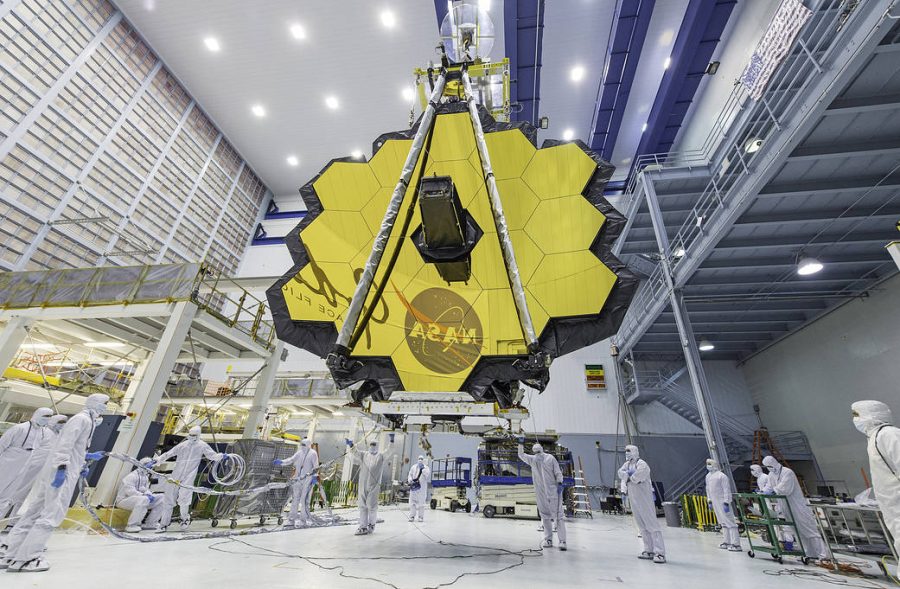NASA’s new telescope may discover life on other planets
January 10, 2022
NASA recently partnered with European and Canadian space agencies to create the James Webb Space Telescope.
Its launch took place at 5 am CST Saturday, Dec. 25. Its launch can still be viewed on many platforms such as Youtube and Twitch.
This telescope will be a big part of history. Its mission is to act as a time machine, looking back over 13.5 billion years to see the first stars and galaxies. It could potentially educate us more on if there is life on other planets and help scientists understand how galaxies form, etc.
NASA is using infrared light to accomplish all of this. For those who do not know what infrared light is, it’s an energy that is invisible to the human eye. But we feel it as heat. Humans encounter infrared waves every day. Infrared light slips past the dust clouds in space to detect light that other instruments were not able to detect before. It will be able to survey every phase of history within space.
“Webb will have an opportunity to study these exoplanets and answer the fundamental questions that we astronomers ask ourselves, and the public alike – are we alone? Is Earth unique? Do we have other planets out there that can host life? These are very ambitious questions that speak to all of us,” European Space Agency’s Webb project scientist, Antonella Nota told BBC News.
The James Webb Space Telescope is said to be a “giant leap forward” in NASA’s journey to better understand the universe and its origins. The project started construction about 17 years ago in 2004. Since then thousands of scientists, technicians, and engineers from 14 countries have contributed to the building of the telescope.
New information and updates are still on the rise. Recently, as of Jan. 4, the telescope’s sunshield deployed successfully. The sunshield protects the telescope from the heat emitted by the Sun, Earth, and Moon.
“Unfolding Webb’s sunshield in space is an incredible milestone, crucial to the success of the mission,” said Gregory L. Robinson, Webb’s program director at NASA Headquarters.
The James Webb Space Telescope still has another 5 ½ months until it delivers its first photos. For more information and updates visit the NASA website.
